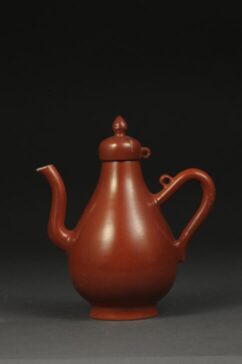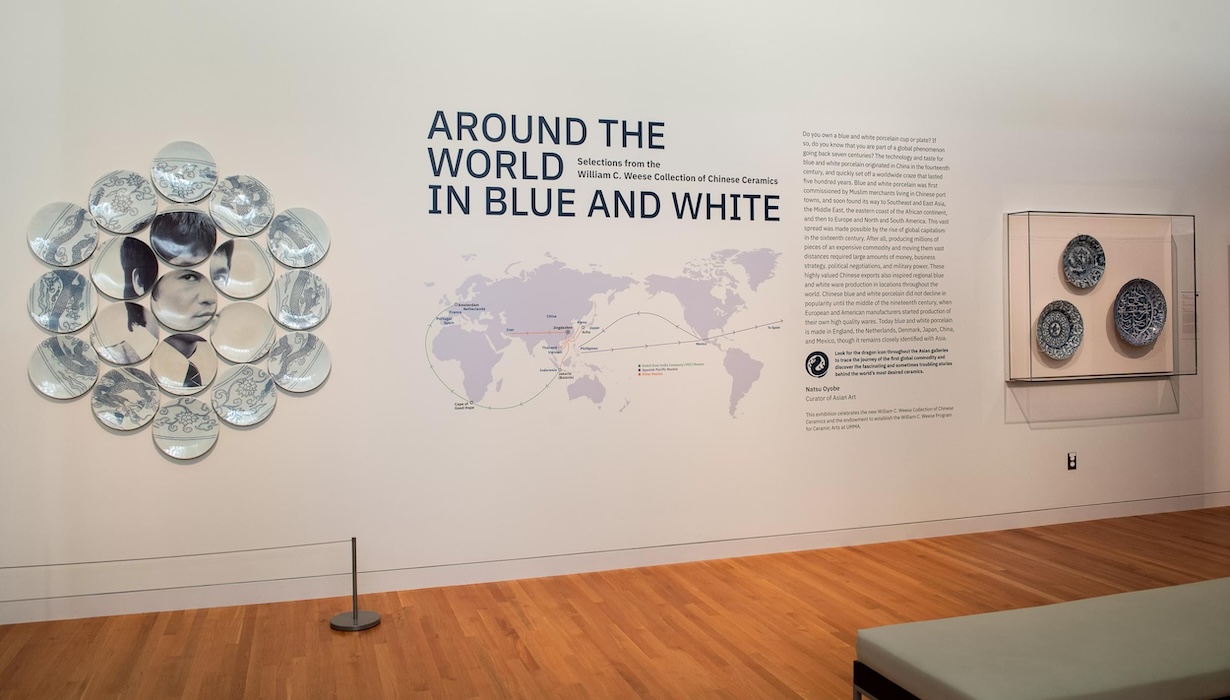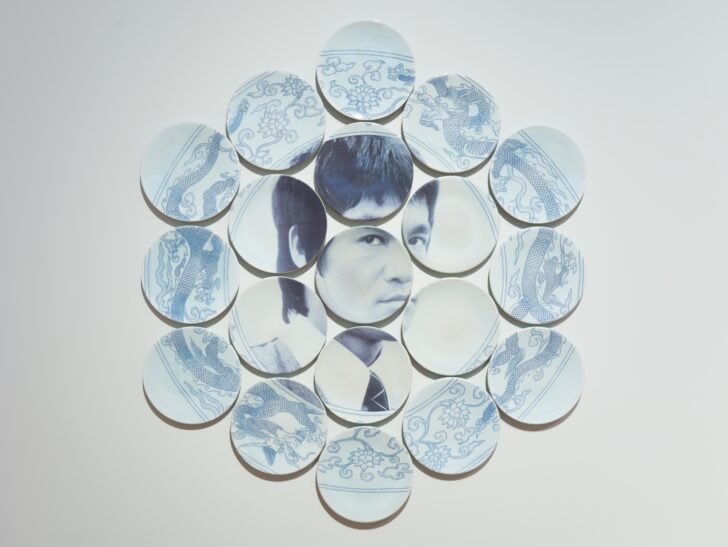Around the World in Blue and White
TRACE THE STORIES BEHIND THE WORLD’S MOST DESIRED CERAMICS
The technology and taste for blue and white porcelain originated in China in the fourteenth century, and quickly set off a worldwide craze that lasted five hundred years. Installed across four different galleries at UMMA, this exhibition explores that history and tracks the influence of blue and white ceramics across the globe.

Select Objects on View
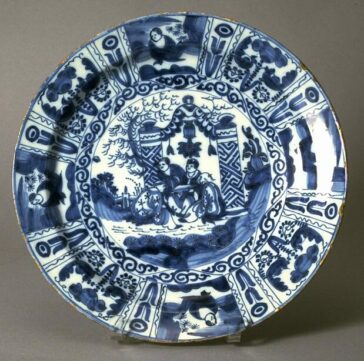
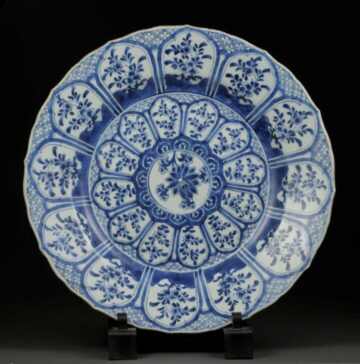
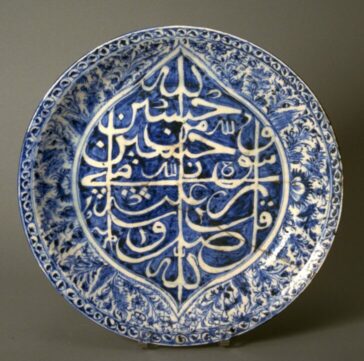
Featured Object
ICON
STEVEN YOUNG LEE
Steven Young Lee is a contemporary American ceramic artist who interrogates the history and symbolic meaning of blue and white ware. In Icon, he combines an image of Bruce Lee and the dragon and flower-scroll motifs ubiquitous in many exported wares. The fractured images of Lee and the dragons suggest the distance between the reality of Asia/Asians and how they are imagined in American consciousness.
AROUND THE WORLD
Visitors will find Blue and White ceramics throughout four of UMMA’s galleries:

CHINESE GALLERY
First commissioned by Muslim merchants living in China, blue and white porcelain found its way to Southeast and East Asia, the Middle East, the eastern coast of the African continent, and then to Europe and North and South America. In the Chinese gallery, see a grand display of these highly coveted items. Many of them traveled from China to the Netherlands via Dutch East India Company ships, along with tea, silks, paintings, and other luxury items.

KOREAN GALLERY
Chinese blue and white porcelains have been exported to Korea since the early 15th century. Korean kilns also produced regional porcelains with expensive cobalt imported from China. In the Korean gallery, see a magnificent dragon jar and scholarly implements used by social elites.

JAPANESE GALLERY
Japanese blue and white porcelains rose to prominence as replacements of Chinese porcelains in the early 17th century, and continued to be popular exports in the European market. In the Japanese gallery, see porcelains in various forms and decorations that show mutual inspirations of the two global brands.

SOUTH AND SOUTHEAST ASIAN GALLERY
Thailand and Vietnam long produced their own local versions of expensive Chinese blue and white porcelains. In the South and Southeast Asian gallery, find fascinating examples of these copies using clay and glaze local to those regions. In addition, salvaged pots from a late 17th century shipwreck tell the story of the vibrant global market and fervent demand for blue and white ceramics.
SUPPORT
This exhibition celebrates the new William C. Weese Collection of Chinese Ceramics and the endowment to establish the William C. Weese Program for Ceramic Arts at UMMA.
About the William C Weese Collection of Chinese Ceramics
In 2020, UMMA’s collection of Chinese ceramics greatly expanded following a gift of art from long-time University supporter William C. Weese. Ranging from 3000 BCE to the mid 19th century, the Weese collection contains more than 1,000 Chinese ceramics and spans centuries, styles, trends, and technologies.
